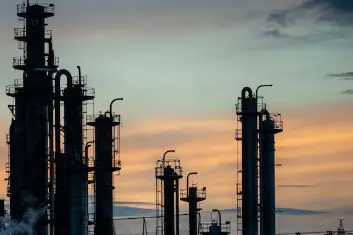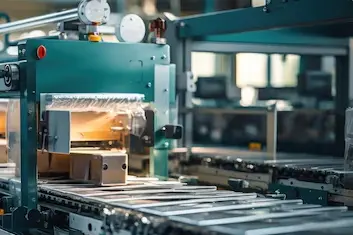SABIC: SABIC (Saudi Basic Industries Corporation) is a major player in the olefins and
aromatics market, producing large quantities of ethylene, propylene, benzene, and toluene. The company
utilizes advanced petrochemical technologies and large-scale production facilities to meet global demand
for these products, which are essential for producing plastics, solvents, and other chemicals.
Exxon Mobil Corporation: ExxonMobil is heavily involved in the production of both
olefins and aromatics. Through its vast refining and petrochemical operations, the company produces key
products like ethylene, propylene, benzene, and paraxylene, which are critical components for
manufacturing polymers, resins, and industrial chemicals. Their integrated supply chain and global
distribution networks ensure a strong presence in the market.
Shell plc: Shell is a leading producer of olefins and aromatics, with operations
spanning refining and chemical manufacturing. The company produces high-demand products like ethylene,
propylene, and aromatics, including benzene and styrene, used in industries such as plastics, textiles,
and automotive. Shell's focus on innovation and sustainability strengthens its position in the market.
Repsol: Repsol operates in the global olefins and aromatics market through its refining
and petrochemical divisions. The company produces key products like ethylene, propylene, and aromatics
(benzene, toluene) and supplies industries such as packaging, construction, and automotive. Repsol's
diverse product portfolio and commitment to sustainable production help drive its market presence.
INEOS: INEOS is one of the world’s largest producers of olefins and aromatics. The
company produces significant volumes of ethylene, propylene, and aromatics like benzene and toluene,
essential for creating plastics, chemicals, and synthetic materials. INEOS leverages its large-scale
petrochemical plants and advanced technologies to remain competitive in this global market.
Versatile Applications of Olefins and Aromatics in Industries

Petrochemical Manufacturers
Petrochemical manufacturers are the primary users of olefins and aromatics, utilizing them as
feedstocks for producing a wide range of downstream products. These chemicals are crucial in the
production of plastics, rubber, solvents, and resins, which are essential to the global economy.

Automotive Industry
he automotive sector uses olefins and aromatics to produce lightweight materials, coatings, and
synthetic rubbers that enhance vehicle efficiency and durability. These chemicals are vital in the
development of high-performance and environmentally friendly automotive components.

Packaging Industry
he packaging industry relies on olefins such as polyethylene and polypropylene to produce flexible,
durable, and recyclable packaging materials. These materials are essential for creating safe and
sustainable packaging solutions for various consumer goods.





